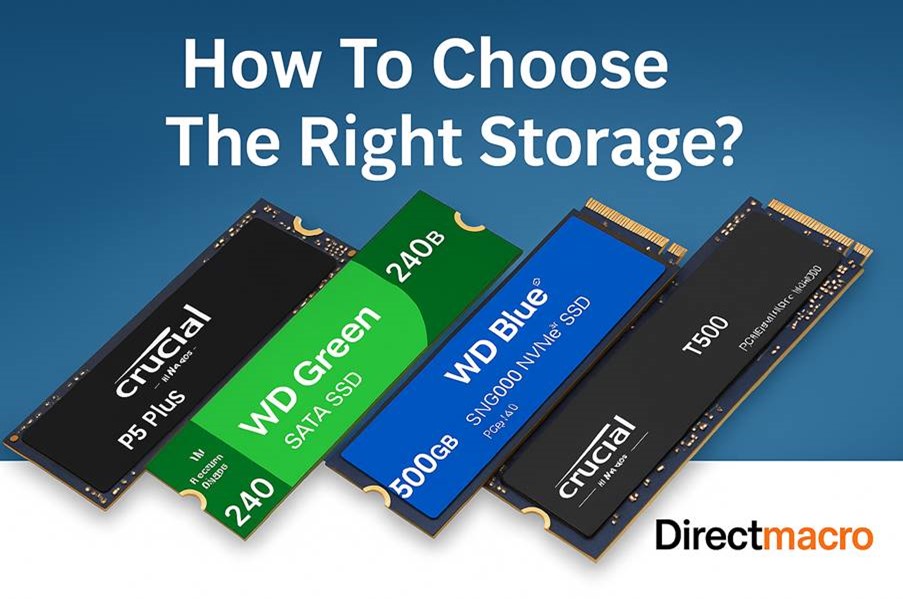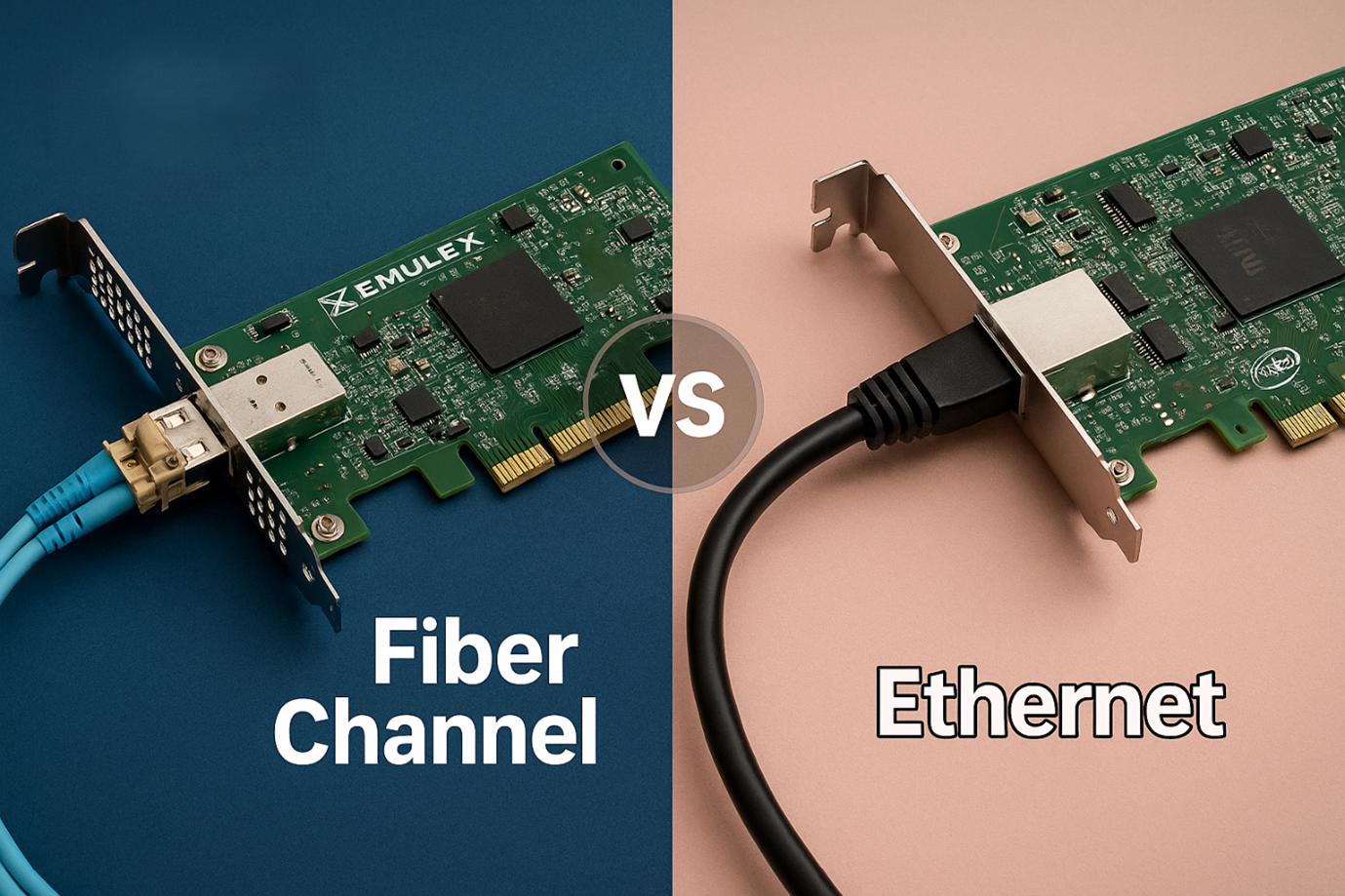Understanding M.2, SATA, PCIe and NVMe SSDs: Choosing the Right Storage for You
Understanding SSDs can be overwhelming, particularly with terms like M.2, SATA, PCIe, and NVMe often used interchangeably as if they mean the same thing. Recognizing the differences is essential for selecting the best storage option for your PC, whether you are constructing a new system or enhancing an existing one. This guide will explain the meaning of each term and help you find the best SSD for gaming in 2025, as well as for other purposes, while balancing performance, price, and capacity. Let’s explore the various types of SSDs together so that you can make an informed decision.
What is an M.2 SSD? The Form Factor for Modern SSDs
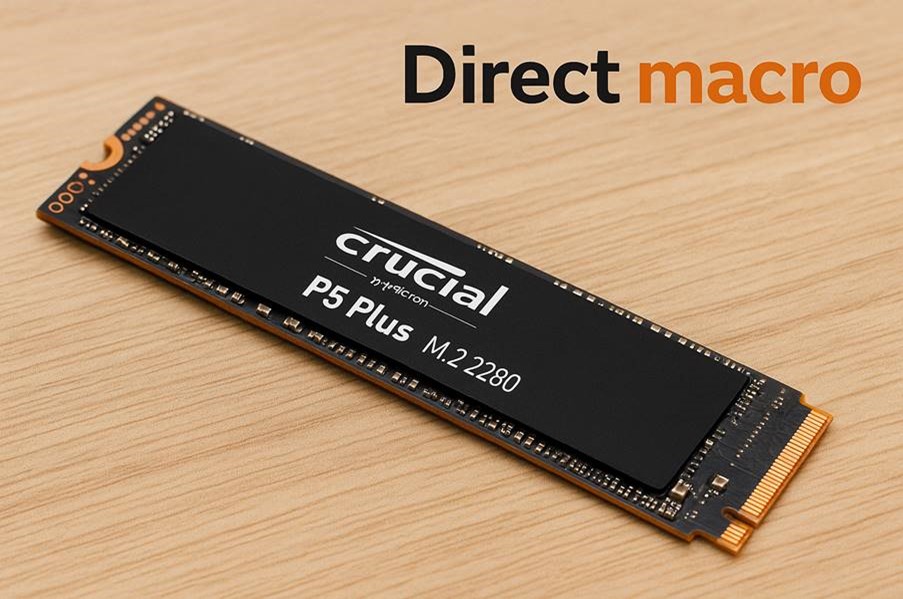
M.2 refers to a specific form factor, indicating the physical shape and size of an SSD. Consider it the vessel that holds the technology inside. M.2 drives are compact, rectangular circuit boards that fit right into a specific slot on your motherboard. This design is ideal for laptops, ultrabooks, and compact PCs, as it helps save space and eliminates the need for power or data cables. Here’s what you should know when you are curious about what an M.2 SSD is.
Key Features of M.2:
- M.2 Size: M.2 drives are notably smaller and slimmer compared to the traditional 2.5-inch SATA SSDs.
- Direct Connection: These devices connect straight to an M.2 slot on the motherboard. It helps to minimize cable clutter and make installation a breeze.
- Versatility: An M.2 drive can utilize either the SATA or the NVMe protocol, which is a significant difference we will explore soon.
What is a SATA SSD? The Traditional SSD Interface
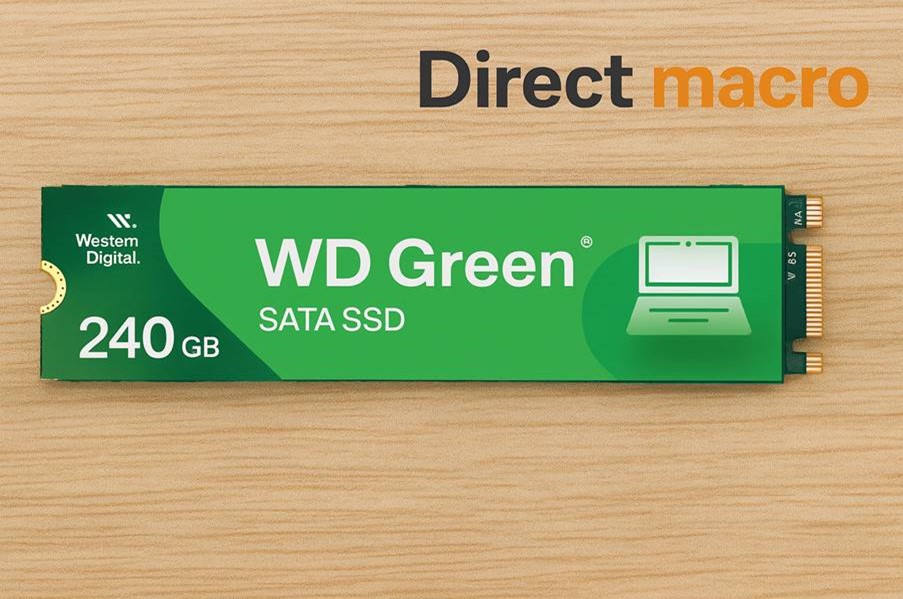
SATA is an interface that connects your storage drives to the motherboard of your computer. For a long time, SATA served as the go-to standard for both hard disk drives (HDDs) and SSDs. SATA SSDs come in a 2.5-inch size and link to the motherboard using two cables—one for data and another for power. Although they have been surpassed in speed, they continue to deliver excellent performance for the majority of users.
Key Features of SATA:
- Widespread Compatibility: Almost all motherboards have SATA ports, making them a safe choice for older systems.
- Affordability: SATA SSDs tend to be the most budget-friendly type of SSD. It provides excellent value for your investment.
- Sufficient Performance: They provide ample speed for daily tasks, web browsing, and general file storage needs, with a maximum theoretical speed of approximately 600 MB/s.
What is an NVMe SSD? The High-Speed SSD Protocol
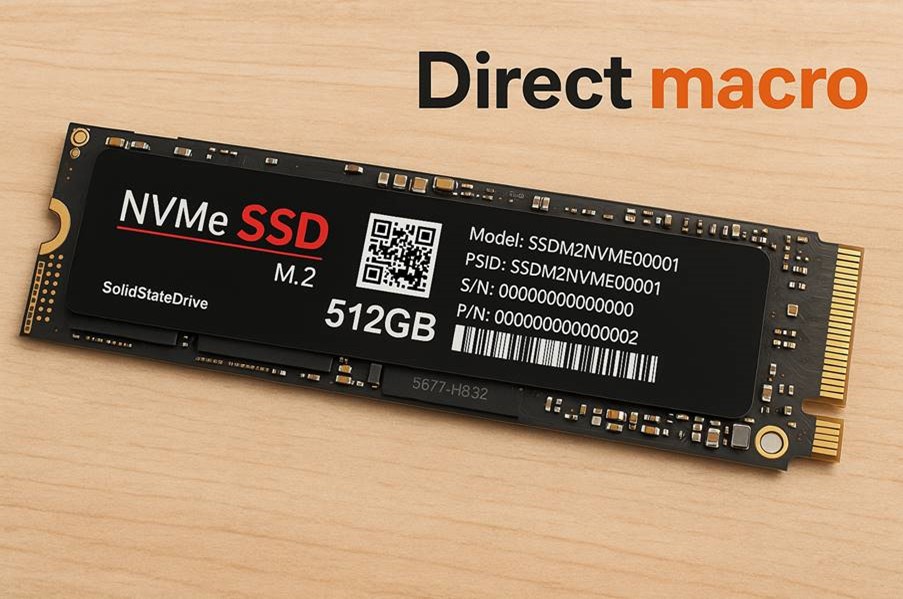
NVMe, or Non-Volatile Memory Express, is a protocol that enables SSDs to communicate directly with the CPU through the fast PCIe bus. In contrast to SATA, which was designed with slower HDDs in mind, NVMe was explicitly developed to leverage the capabilities of flash memory. This quick and efficient connection enables remarkably rapid data transfer rates and significantly lower delays. If you are confused about what an NVMe SSD is and its features, then the answer is: an NVMe SSD is simply a type of storage device that offers rapid data access and transfer speeds.
Key Features of NVMe:
- Blazing Speed: One of the standout benefits of NVMe is its speed. SATA offers speeds of up to 600 MB/s, but NVMe drives can reach over 7,000 MB/s with PCIe Gen4, and they can go even faster with the latest PCIe Gen5 compared to Gen4 SSD interfaces. This is what sets them apart as a leading option for high-speed SSDs for gaming and professional use.
- Reduced Latency: The efficient command queue system of NVMe enables quicker data access, enhancing system responsiveness and reducing boot times.
- PCIe Connection: NVMe drives utilize the PCIe bus, which is also used by graphics cards to create a direct and broad data connection to the CPU.
What is PCIe SSD? The High-Speed Bus for NVMe
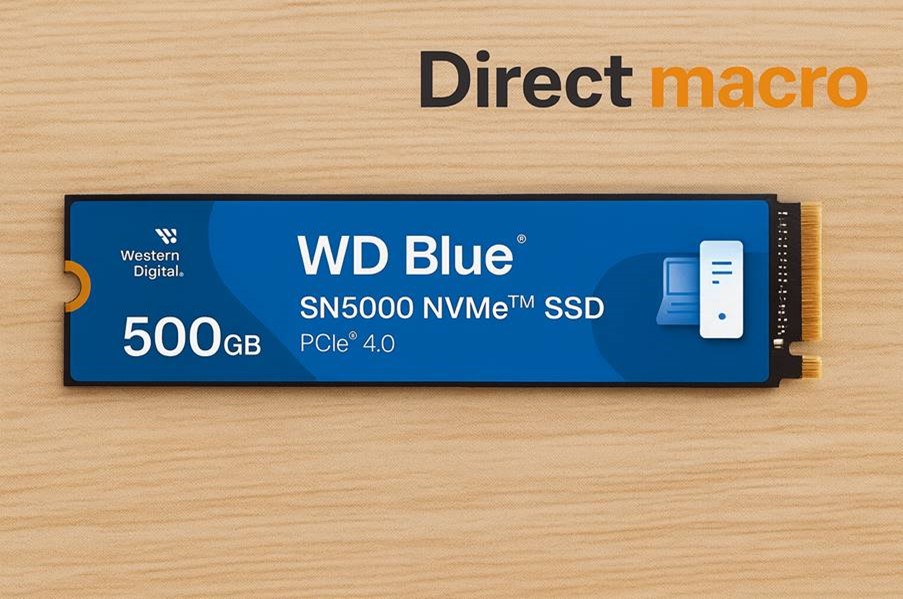
NVMe SSDs rely on a rapid interface known as PCIe, or Peripheral Component Interconnect Express. Imagine PCIe as a data freeway. Every succeeding version of PCIe, including Gen3, Gen4, and Gen5, doubles the bandwidth of its predecessor. Many modern motherboards support PCIe Gen4, which provides the bandwidth required for the latest high-speed NVMe SSDs. Future PCIe Gen5 SSDs, while expensive now, are expected to give considerably higher speeds, making them the best SSDs for gaming in 2025 and beyond. This is the clear answer to what a PCIe SSD is.
Key Features of PCIe:
- Scalability: PCIe works with a lane system. A single lane (x1) is one data path, but two or more lanes, such as x4, x8, and x16, can be combined to create a wider, quicker connection. An NVMe SSD typically uses four lanes (x4).
- Bidirectional Communication: PCIe lanes can operate in both directions, allowing them to send and receive data simultaneously. This offers a significant benefit compared to older interfaces such as SATA, which operated in half-duplex mode.
- Low Latency: The direct connection between the NVMe SSD and the CPU, via the PCIe bus, minimizes data travel time, significantly reducing latency and speeding up file access.
- Generational Advancements: Each new PCIe generation doubles the bandwidth of its predecessor. For example, a single PCIe 4.0 lane (x1) offers approximately 2 GB/s of bandwidth, while a PCIe 5.0 lane doubles that to 4 GB/s. This is why newer generations can support much faster SSDs.
Comparing M.2 vs SATA vs PCIe vs NVMe SSDs
Understanding the distinctions between the various types of SSDs is critical. Comparing M.2, SATA, PCIe, and NVMe SSDs will help you select the best solid-state drive (SSD) for your system and save money before making a purchase.
The interface and protocol are the primary distinguishing features of different SSD types. A SATA interface is an older and more established standard with a speed limit, but a PCIe (Peripheral Component Interconnect Express) interface provides significantly more bandwidth. NVMe (Non-Volatile Memory Express) is a protocol specifically designed to leverage the high speeds offered by PCIe, whereas SATA employs a more traditional approach that limits performance.
The M.2 is a physical shape that can accommodate either a SATA or an NVMe disk. This explains why you can have both an M.2 SATA SSD and an M.2 NVMe SSD. The 2.5-inch form factor, on the other hand, is nearly entirely reserved for SATA disks.
Detailed Comparison Table
| Feature | 2.5-inch SATA SSD | M.2 SATA SSD | M.2 NVMe SSD (PCIe Gen4) |
| Interface/Protocol | SATA | SATA | PCIe/NVMe |
| Form Factor | 2.5-inch | M.2 (22mm wide, various lengths) | M.2 (22mm wide, various lengths) |
| Max Speed (Read/Write) | ~550 MB/s | ~550 MB/s | ~7,000 MB/s |
| Latency | High | High | Low |
| Use Case | Everyday computing, general storage, older laptops and desktops | Everyday computing, ultrabooks, laptops with M.2 slots | High-performance gaming, professional workstations, video editing, and booting OS |
| Price | Lower per gigabyte | Slightly more expensive than a 2.5-inch SATA | Significantly more expensive per gigabyte |
| Key Advantage | Widely compatible, affordable upgrade over HDDs | Space-saving, no cables required | Extremely high speeds, low latency, ideal for intensive tasks |
Key Differences Explained:
- Speed and Performance: The primary distinction between the types of SSDs is speed. The SATA interface has a theoretical maximum speed of 600 MB/s; however, all 2.5-inch SATA and M.2 SATA SSDs are limited to that speed. In contrast, an M.2 NVMe drive with a PCIe 4.0 interface may achieve speeds of up to 7,000 MB/s, which is more than ten times quicker. NVMe is ideal for tasks that require large files, such as 4K video editing, 3D rendering, and loading games quickly.
- Price and Value: Overall, 2.5-inch SATA SSDs provide the best value for money, giving a significant performance improvement over traditional hard drives at an affordable price. M.2 SATA SSDs are frequently priced similarly; however, they are preferred due to their compact form factor, which is required for thin laptops and small form factor computers. M.2 NVMe SSDs cost the most per gigabyte. The higher price is justified for customers who require the absolute best performance and low latency. Still, for the average user, the benefits may be insignificant in day-to-day tasks.
- Storage Capacity: The storage capacity is independent of the form factor or interface. All three types of SSDs, including 2.5-inch SATA, M.2 SATA, and M.2 NVMe SSDs, are available in a wide range of capacities, from 256GB to 8TB or more. The particular volume available varies depending on the manufacturer and model.
How to Choose the Right SSD Storage for Your Needs?
-
Best SSD for Gaming 2025: M.2 NVMe
An M.2 NVMe SSD is the ideal choice for gamers. It speeds up the system and game load times, allowing you to play faster. An NVMe SSD is like night and day when it comes to a game like Starfield that has many files. Many games work fine with a SATA SSD, but for new games, the speed of NVMe is what makes the difference.
-
Everyday Computing and General Use: SATA SSD
If you want to browse the web, use productivity software, or watch movies, a SATA SSD is a fantastic and affordable option. It will be faster than an HDD and cheaper than an NVMe drive. Furthermore, this is an excellent choice for older computers that lack an M.2 drive. You must follow this vital tip to pick the right SSD.
-
Professional Workstations: PCIe Gen4 and Gen5 NVMe
Video editors, 3D artists, and data scientists who work with large files daily will gain the most from the faster PCIe Gen4 versus Gen5 SSD connectors. These high-speed SSDs for gaming and professional applications can significantly cut file transfer and render times, saving you time.
Installation and Upgrade Considerations
Before making your next purchase, it is essential to check your motherboard’s specifications.
- M.2 Slot: Look for an M.2 slot on your motherboard. Some motherboards have multiple slots, and they may be designated for either SATA or NVMe.
- PCIe Generation: Verify what generation of PCIe your motherboard supports, for example, Gen3 or Gen4. A PCIe Gen5 NVMe drive will work in a Gen4 slot, but it will be limited to Gen4 speeds.
- SATA Ports: If you opt for a 2.5-inch SATA SSD, ensure you have an available SATA port and power cable.
Conclusion
Storage technology has evolved to offer us several options, each with its own distinct set of benefits. An M.2 drive is a tiny form factor that can hold either a SATA or NVMe drive. While a SATA SSD is a terrific and cost-effective upgrade for any system, NVMe is the future of storage and the ideal option for those seeking the absolute best performance for gaming, content creation, or professional tasks. Understanding these technologies allows you to make an informed decision that balances your needs and budget.
If you are still unsure about how to choose the right SSD and make an informed purchase, Direct Macro’s experienced team is available to assist you 24/7. Contact us at
(855) 483-7810 or visit our website for consultations and bulk purchasing information.
FAQs
- What’s the difference between M.2, SATA, and NVMe?
M.2 is a physical form factor. SATA is an older interface with a maximum speed of approximately 600 MB/s. NVMe is a newer protocol that uses the PCIe interface for much faster speeds (up to 7,000+ MB/s) and lower latency. An M.2 drive can use either the SATA or NVMe protocol. - Is an M.2 SSD better than a SATA SSD?
Yes, in terms of performance, an M.2 NVMe SSD is far superior to a SATA SSD. It’s important to note that an M.2 SATA SSD is no faster than a 2.5-inch SATA SSD. It simply has a more compact form factor. This confusion commonly arises when comparing M.2 and NVMe SSDs. - Which is best for gaming, an M.2 or a SATA SSD?
For gaming, an M.2 NVMe SSD is the best choice. While both will work, an NVMe drive offers faster game loading times and overall system responsiveness, which is especially noticeable in modern, data-intensive games.
Do you need advice on buying or selling hardware? Fill out the form and we will return.

Sales & Support
(855) 483-7810
We respond within 48 hours on all weekdays
Opening hours
Monday to thursday: 08.30-16.30
Friday: 08.30-15.30



